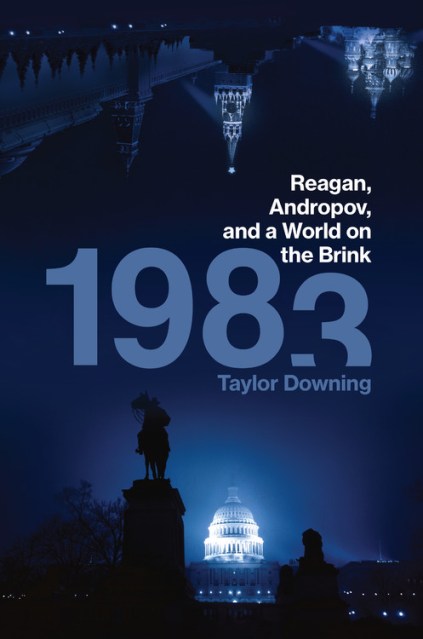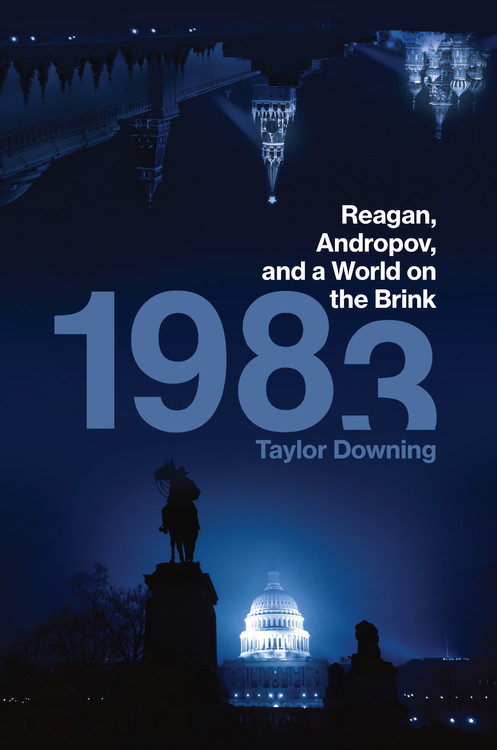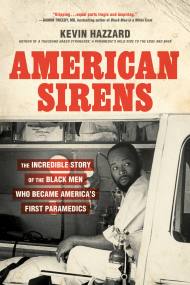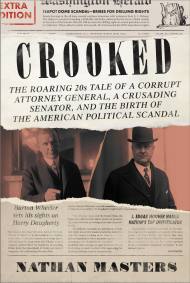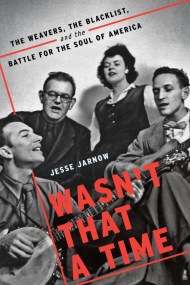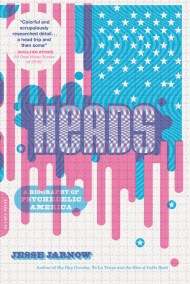Promotion
Use code MOM24 for 20% off site wide + free shipping over $45
1983
Reagan, Andropov, and a World on the Brink
Contributors
Formats and Prices
Price
$28.00Price
$36.50 CADFormat
Format:
- Hardcover $28.00 $36.50 CAD
- ebook $14.99 $19.99 CAD
- Audiobook Download (Unabridged)
- Audiobook CD (Unabridged) $35.00 $45.50 CAD
This item is a preorder. Your payment method will be charged immediately, and the product is expected to ship on or around April 24, 2018. This date is subject to change due to shipping delays beyond our control.
Also available from:
The year 1983 was an extremely dangerous one–more dangerous than 1962, the year of the Cuban Missile Crisis. In the United States, President Reagan vastly increased defense spending, described the Soviet Union as an “evil empire,” and launched the “Star Wars” Strategic Defense Initiative to shield the country from incoming missiles. Seeing all this, Yuri Andropov, the paranoid Soviet leader, became convinced that the US really meant to attack the Soviet Union and he put the KGB on high alert, looking for signs of an imminent nuclear attack.
When a Soviet plane shot down a Korean civilian jet, Reagan described it as “a crime against humanity.” And Moscow grew increasingly concerned about America’s language and behavior. Would they attack? The temperature rose fast. In November the West launched a wargame exercise, codenamed “Abel Archer,” that looked to the Soviets like the real thing. With Andropov’s finger inching ever closer to the nuclear button, the world was truly on the brink.
This is an extraordinary and largely unknown Cold War story of spies and double agents, of missiles being readied, intelligence failures, misunderstandings, and the panic of world leaders. With access to hundreds of astonishing new documents, Taylor Downing tells for the first time the gripping but true story of how near the world came to nuclear war in 1983.
Genre:
- On Sale
- Apr 24, 2018
- Page Count
- 400 pages
- Publisher
- Da Capo Press
- ISBN-13
- 9780306921728
Newsletter Signup
By clicking ‘Sign Up,’ I acknowledge that I have read and agree to Hachette Book Group’s Privacy Policy and Terms of Use
